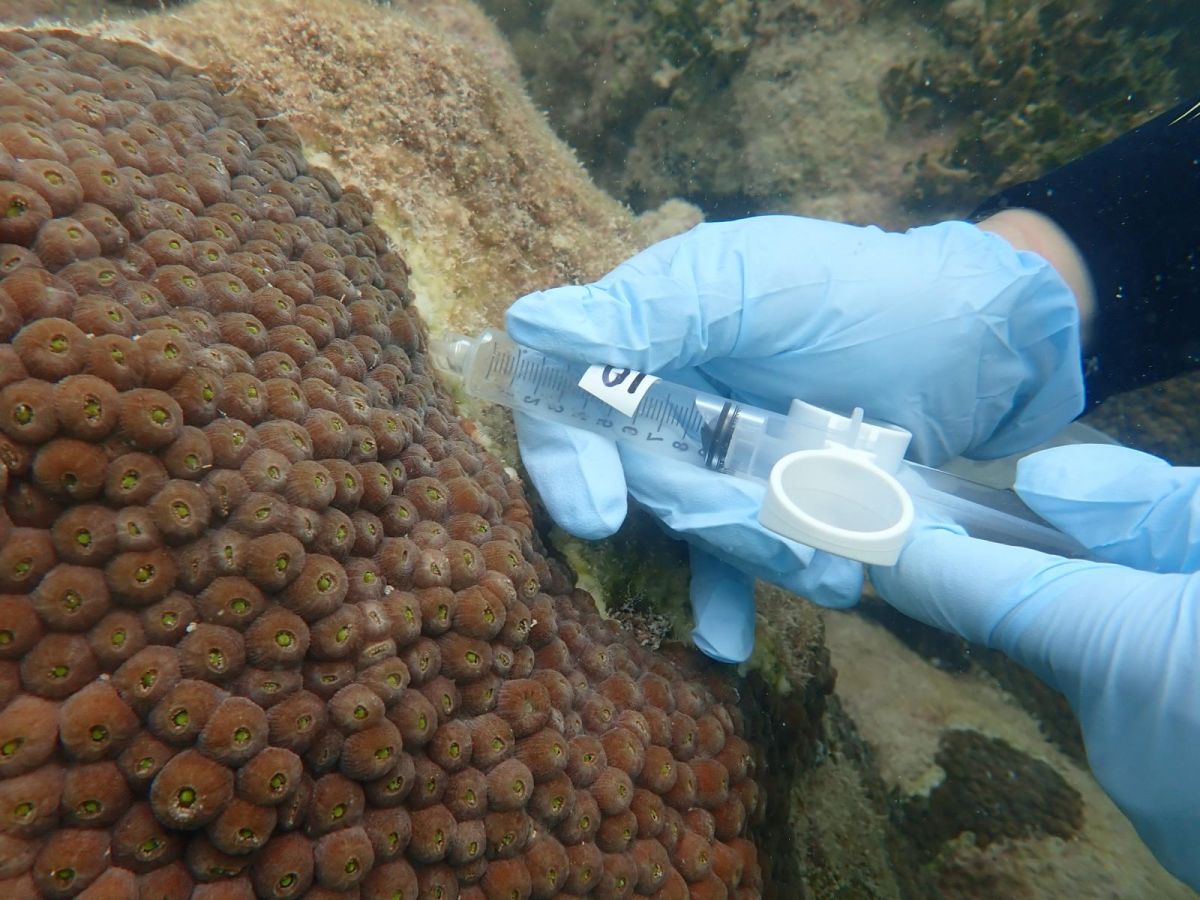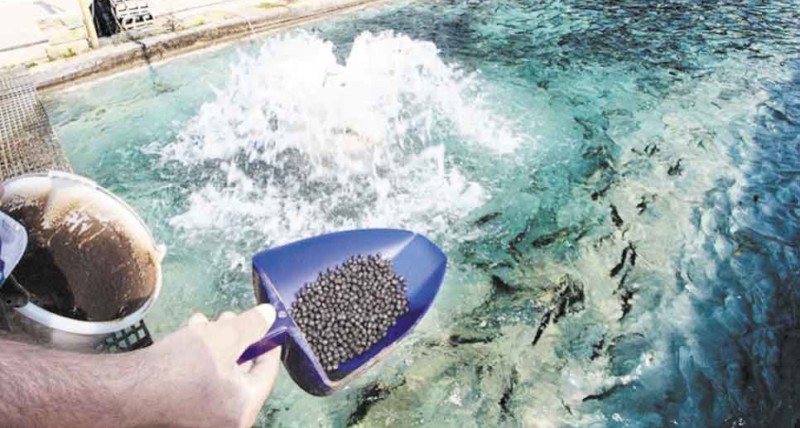Coral tissue loss disease has been affecting certain coral species in the Caribbean Sea for the past decade. To treat this mysterious condition, whose origin remains unknown, American scientists have turned to… probiotics.
Since 2014, stony coral tissue loss disease (SCTLD) has been attacking coral colonies in the Caribbean Sea. Unlike other diseases that affect only specific coral species, SCTLD targets more than thirty different species. As it spreads, it causes the soft tissue of the coral to detach, leaving behind exposed white patches of skeleton. An entire coral colony can be wiped out in just a few months—or even weeks.
“To our knowledge, SCTLD is currently only present in Florida and the Caribbean,” explains Valerie Paul, co-author of the study and co-director of the Smithsonian National Museum of Natural History’s marine station in Fort Pierce, Florida, in an interview with Sciences et Avenir. “There are fears it could spread into the Pacific Ocean via the Panama Canal.”
Finding a way to treat this disease has thus become a major research priority. As antibiotic treatments prove largely ineffective, scientists at the NMNH are exploring a new approach: probiotic bacteria.
Beneficial Bacteria for Corals
The exact cause of SCTLD remains unknown. However, scientists suspect that the culprit is a still-unidentified bacterium. To date, the most effective treatment involves applying antibiotic tablets—typically amoxicillin—directly onto the coral. But antibiotics are far from a miracle cure. Amoxicillin only offers temporary protection and doesn’t prevent reinfection. And if SCTLD is indeed bacterial, there’s a significant risk of the pathogen developing antibiotic resistance.
To find a more sustainable alternative, researchers at the NMNH have turned to probiotics—microorganisms that are beneficial to living organisms and capable of fighting off harmful pathogens. Like humans, corals live in symbiosis with various bacteria that protect and nourish them, forming what’s known as the microbiome. Strengthening this microbiome with helpful bacteria could help corals better defend themselves against disease.
Valerie Paul and her team spent six years researching potential probiotics, publishing their findings in Frontiers in Marine Science on June 5, 2025. In a previous study, they collected microbiomes from SCTLD-resistant corals in the hope of identifying bacteria that could boost the resilience of infected colonies. They tested over 200 bacterial strains. One strain in particular—Pseudoalteromonas sp. McH1-7—stood out for its ability to produce several antibacterial compounds. The next step was to test its effectiveness on infected corals.
From the Lab to the Reef
Following promising results in the lab, the scientists conducted a full-scale field trial in 2020 on a shallow reef off the coast of Fort Lauderdale, Florida. Forty colonies of Montastraea cavernosa (great star coral) affected by SCTLD were treated using two methods: either by applying a probiotic paste directly to the lesions, or by enclosing the corals in plastic tents filled with a McH1-7 solution for two hours, allowing the beneficial bacteria to settle onto the coral surface.
Over two and a half years, the team monitored the corals’ condition, regularly collecting mucus and tissue samples to assess changes in their microbiomes. The result: the solution treatment significantly slowed the progression of the disease, without disrupting the coral’s natural microbial balance. In contrast, the paste method proved less effective—and sometimes even harmful—as treated corals lost more tissue than the untreated control colonies.
What’s Next
With these promising results, the probiotic solution is now set to be tested in other parts of Florida’s coastline. However, the application method still needs improvement. The current process requires divers and plastic enclosures—something that limits scalability.
“Applying these treatments on a large scale is a challenge,” admits Valerie Paul. “To treat more corals practically, we need to develop better delivery methods and longer-lasting treatments.”



